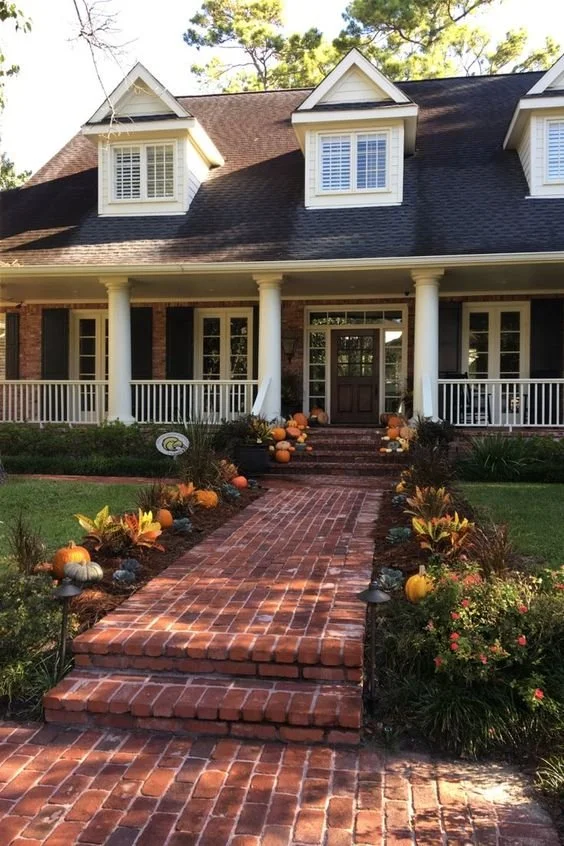Smart Living, Smart Renovations: The Future of Home Improvement Apps
RH Business Marketing Solutions
Any home improvement or renovation project is a daunting task as it requires proper planning as well as execution. Fortunately, in this digital transformation era, where technology is constantly revolutionizing, mobile apps make the home improvement process a lot simpler. These app development software applications help to transform rooms, kitchens, and other spaces with just a few clicks.
To make home improvement apps more futuristic & efficient, every mobile app development company starts incorporating the latest features and technologies that lead to highly immersive user experiences and seamless operations. In this blog, we are going to discuss advanced features of home improvement applications and their examples. Let’s get started.
1. Augmented Reality & Virtual Reality integration
AR and VR is the modern technology that plays a big role in revolutionizing the entire mobile app development market. Integrating this technology into home improvement apps allows you to visualize your fully-furnished bedroom or kitchen before lifting hammers. Along with the virtual elements, the AR/VR integrated feature also offers an immersive experience to the app users.
With these apps, you can easily check how furniture will fit into your room, how the decoration will enhance your kitchen space, how the paint will look on your walls, etc. As the AR/VR technology continues to grow, mobile app development companies create home improvement applications with more detailed and realistic features.
2. AI integration for personalized recommendations
Artificial Intelligence is one of the key players in several domains, so home improvement & renovation is no exception. From design elements to materials, developers can integrate AI algorithms into home improvement app development software applications to deliver personalized recommendations to every user.
AI-driven apps can seamlessly user preferences and budget constraints to suggest relevant house renovation ideas that perfectly align with the user expectations. Apart from that, artificial intelligence also offers valuable insights into the feasibility of multiple projects that help users prevent common mistakes. In addition, these applications provide real-time pricing data as well as availability updates that lead to streamlined procurement processes.
With a present valuation of over 200 billion US dollars, the artificial intelligence business is poised for a significant revolution. It is anticipated to soar to an astounding two trillion US dollars by 2030, a tenfold rise in value. Six out of ten business executives are enthusiastically adopting generative AI in the midst of this AI revolution and intend to start pilot projects or incorporate it into their operations by 2024. Customers are still uneasy, though, with 70% of them voicing worries about companies utilizing AI, especially when it comes to product descriptions and reviews (sixty percent). Notwithstanding these misgivings, businesses are beginning to see the promise of AI across a range of industries; 56% of them are using it in customer service, and 51% are using it in cybersecurity and fraud management.
3. Smart home integration for smooth automation
In recent years, smart home automation has gained a huge momentum as many households are adopting fully connected devices that provide energy efficiency, improved security, and convenience. Smart home improvement applications play a big role in incorporating intelligent automation technologies into house renovation projects.
For instance, if you want to install automated blinds, intelligent sound systems, or lighting, smart home integration will help you in many ways. Sophisticated apps not only help you choose the right options but also create a unique automation system operated from just one interface. This makes smart home improvement more accessible and helps to manage complex operations easily.
4. Communication and collaboration enhancements
Home improvement projects usually involve different stakeholders such as homeowners, architects, designers, contractors, etc. Transparent communication & collaboration are important to ensure that everybody is on the same path throughout the home renovation project. According to mobile app development services providers, advanced home improvement applications offer excellent collaboration features to streamline communication among everyone involved in the project.
These apps are designed to enable instant messaging, file-sharing capabilities, and real-time updates. For example, with these apps users can smoothly upload progress images, share design ideas, and directly interact with contractors. This improved communication leads to faster decision-making, fewer misunderstandings, and successful home renovation projects.
5. Eco-friendly & sustainability solutions
As sustainability & environmental concerns effectively change consumer preferences, the future of home renovation applications is likely to incorporate a focus on eco-friendly mobile app development services. These apps make users environmentally conscious while choosing materials, appliances, and technologies for their home improvement.
Apart from that, eco-friendly applications also provide real-time information on incentives, tax credits, and rebates for sustainable house renovations and improvements. Users can easily access information on the environmental impact that allows them to make well-informed decisions aligning with their core values.
5 best home renovation apps you must know
Whether you are planning for a complete home renovation or need to add small adjustments, these futuristic home improvement apps will meet all your expectations.
1. Houzz: This is one of the popular apps designed for overall home renovation and interior design ideas. It offers high-quality images, and inspiration for several home renovation projects. Users can easily browse through several styles, save their preferred images, and connect with interior designers and professionals for expert assistance and suggestions.
2. Houzz Pro: The Houzz Pro application is specially designed for home improvement professionals. It offers tools for client communication, project management, business growth, etc. With this application, house design experts and professionals can build 3D visualizations, estimate the overall costs of project development, and seamlessly collaborate with potential clients.
3. Magicplan: Magicplan is another popular application that allows you to create precise floor plans by taking pictures easily with any smartphone device. This app is extremely helpful for visualizing your space & effectively planning your home renovation projects. With the Magicplan app, you can build intuitive virtual floor plans by using the smartphone's camera. Moreover, this app also allows you to sketch your ideas smoothly.
4. Paint Tester: Paint Tester allows users to select the best paint option for house walls and also allows them to visualize diverse color shades in the space. As a user, you can easily upload images of your room and paint the walls digitally to see how they look.
Final words
No doubt, intelligent home improvement applications have brought a number of possibilities. From AI-driven recommendations to AR/VR simulations, these mobile app development solutions are set to revolutionize the way people approach home improvement projects. With the integration of smart features and technologies, these applications help homeowners turn their dream home into reality.






















